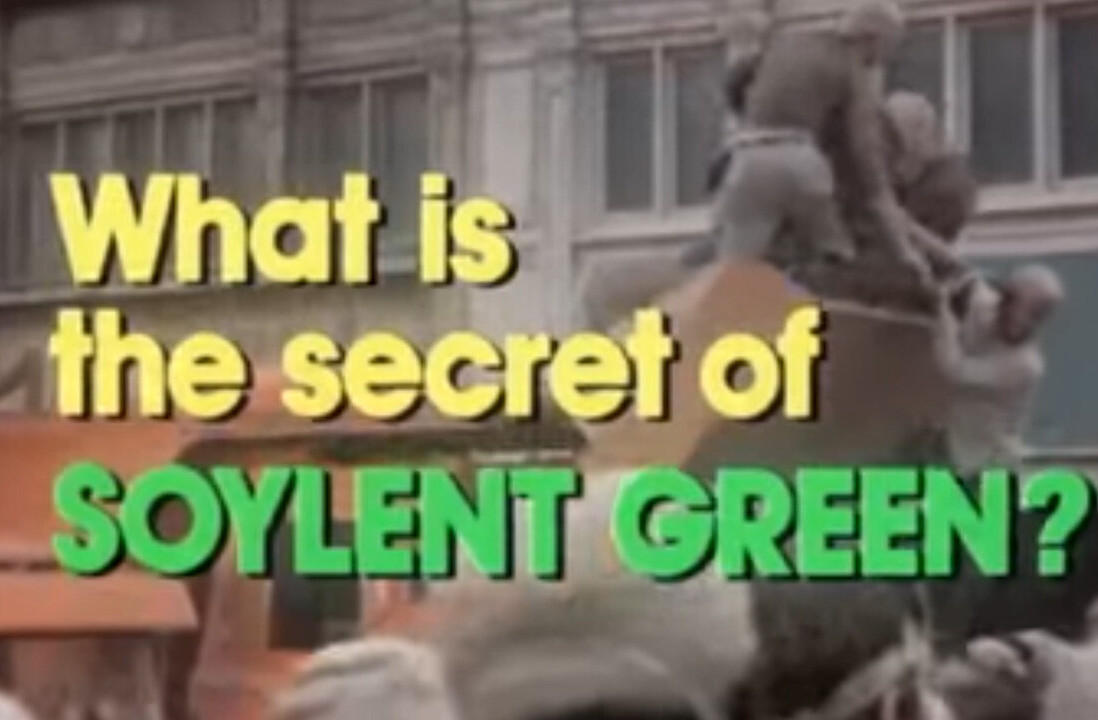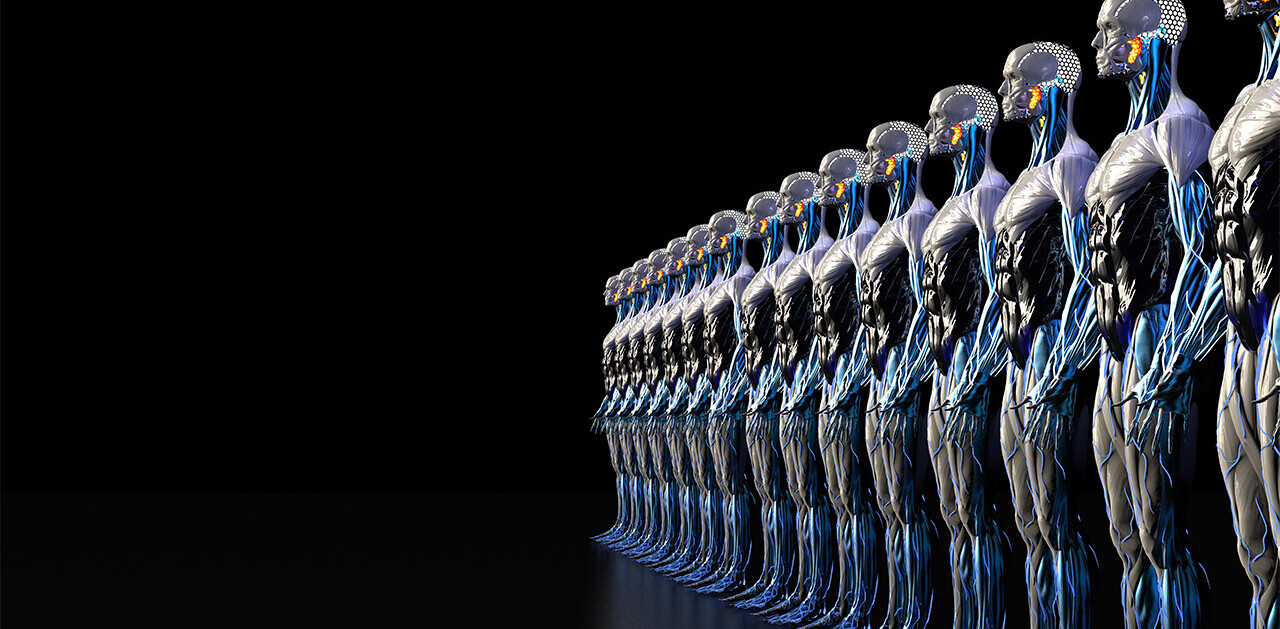
Most of us have had the misfortune of interacting with a badly configured chatbot. Whether to return faulty clothes or complain about an incorrect phone bill, we are often left feeling even more frustrated than we were beforehand.
Many businesses viewed these chatbots as a cheap panacea to all customer service problems but, in reality, this idea never came to fruition. In the last year or so, businesses should have realized that the idea of the chatbot as a magical one-size-fits-all solution, is dead.
So, the notion of the all-providing IM chatbot that was once hailed as the answer to all our customer service automation needs, is dead. However, the technology is not gone for good. In fact, the chatbot we will soon come to know is just being born.
The very fabric of the chatbot is evolving alongside the advancements in cloud, AI, and voice technologies to become a valuable part of every wider omni-channel portfolio. The convergence of written and spoken chatbot functionalities should, and likely will, be the driving force behind the rebirth of a new CUI, built on the foundations the humble chatbot began.
The resurgence of voice
According to recent research, only 9 percent of customers felt that they would be best served by a chatbot for serious enquiries, whereas the figures for a voice call were in excess of 80 percent. But with 80 percent of contact centers wanting to adopt chatbot technology by 2020, what is does this industry know that we don’t?
Well, they are seeing the bright and not-so-distant future of this technology, and it doesn’t look like a thing like your average chatbot. The resurgence of voice-led interactions, driven by home assistants such as Alexa, and the fact that customers still overwhelmingly prefer to speak to another human for important queries, is ushering in a new Golden Age of Voice. This has led to a growing maturity in the consumer base that sees the chatbot becoming a valuable channel led by the latest, cutting-edge voice technology.
A branch of AI called Natural Language Processing (NLP) is one of the most recent developments that is pushing the chatbot to become more than it once was. With 2020 set to be the year that Natural Language Processing (NLP) goes mainstream in contact centers, the new CUI chatbot will benefit from the rich insights produced by this tool.
A necessary evolution
The chatbot has often been defined as just an online text-based engagement portal, but with NLP cementing itself in the last year or so as a tool that opens up unprecedented insight into voice data, especially in customer journey analytics, the chatbot should be the next to follow suit.
Yesterday’s humble V1.0 chatbot will evolve alongside these technological advancements in voice. By building on the chatbot in this way, it stops becoming a one-stop-shop of automated responses, and instead becomes the shop-front to an intelligent customer engagement hub.
In practice this simply means that those customers with more complex enquiries can be transferred to a human agent, and those with simple queries can save time by utilizing the CUI alone. All using an automated CUI powered by NLP and sentiment tracking.
Sentiment is king
With NLP, by the time the agent answers a customer they know exactly what their issue is, since the call has already been categorized. Queries can be resolved faster and more accurately, since the agent is more prepared and won’t have to spend time searching for answers in real-time during the call.
There is now a big rush to roll out NLP everywhere, in all sectors. It is set to be a gamechanger in the contact center industry, since it is manifestly more efficient than a traditional Interactive Voice Response (IVR) and supports agent activity.
Advancements in sentiment analysis will be the next big step for NLP and will continue to pave the way for monumental changes to the chatbot in 2020. This is where a sophisticated mix of keywords, tone of voice, and volume create a much deeper picture of the caller and their needs for the agent. With this information, businesses can ensure that each caller is routed to the agent or department best equipped to deal with their enquiry.
For example, if sentiment analysis during a chatbot interaction detects a customer who is distressed, the call can be routed to an agent who is experienced or trained in handling these types of conversation. This streamlines processes and ensures customers are always served by the most suitable person.
The chatbot in 2020 and beyond
So, while the chatbot as we know it is not destined to take over the world of contact centers, the future of the chatbot is far from doomed. Instead, 2020 is an exciting time for the latest evolution of this cog in the wider machine of all successful customer engagement hubs.
These changes will ultimately lay the foundations for a future where, as a consumer, it will be extremely difficult — if not impossible — to tell the difference between human and chatbot. Advances in sentiment tracking, NLP, and machine learning will all drive the chatbot to become the ultimate customer service assistant.
Get the TNW newsletter
Get the most important tech news in your inbox each week.





